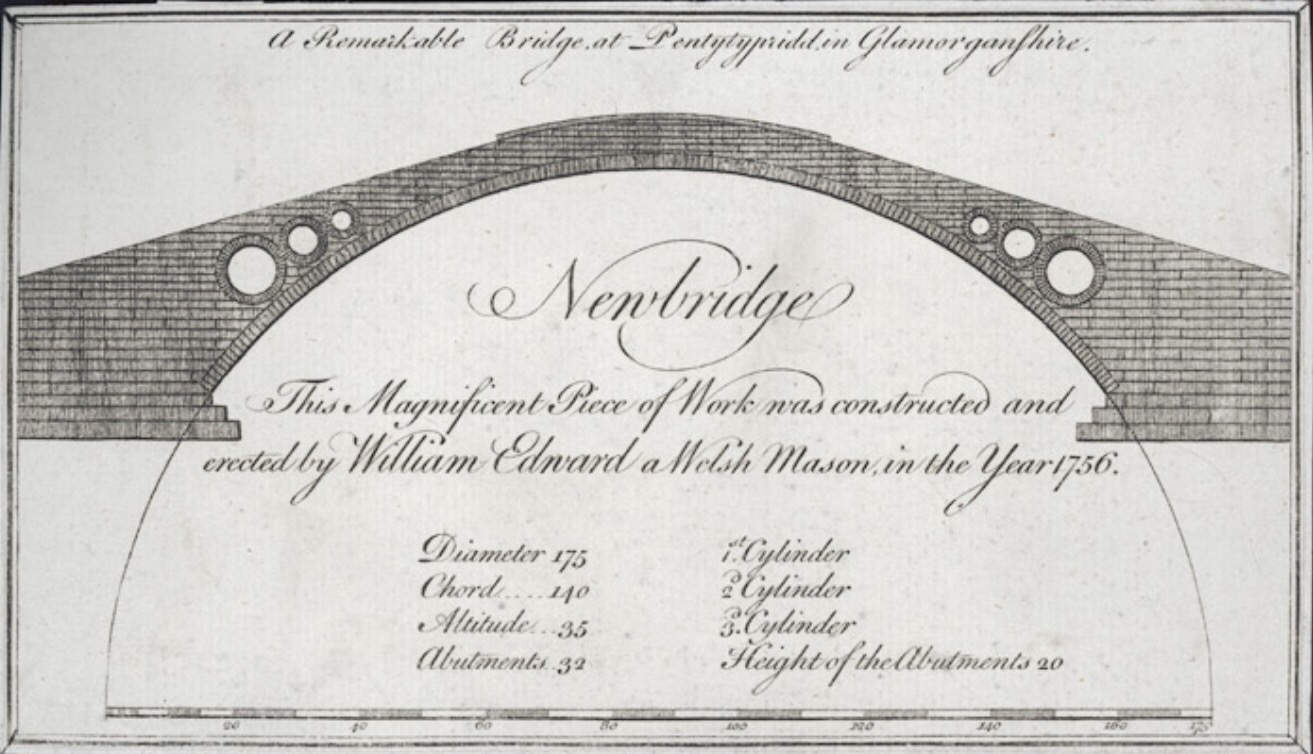The Raspberry Jam Test. The recent post about The Duke of Wellington and failure to account for jars of raspberry jam, in a sandstorm (link here), seems to have struck a few chords. That’s given me a bit of confidence to open up about what I think is a terrible modern day curse, Measurement Obsession. We need to talk about OMI Loops…
I did have a half-hearted attempt at describing a few questions we should ask ourselves before embarking on a measurement frenzy. The Raspberry Jam Test of measurement if you like: Does it help or hinder? Is it proportionate to the activity and risks? What does it cost, is it value for money?
But, in the spirit of Root Cause Analysis (current ‘outil du jour’), what I really should be doing is asking Why? (5 Times)
Why is there an obsession with measuring things in organisations? A really good place to start is reading Dave Snowden on, The Banality of Measurement. Dave suggests the following reasons for the obsession:
- “Most decision makers are distanced from the work of those they measure so the targets become a proxy for intimacy.”
- I completely agree and would add a statement of the bleedin’ obvious; the bigger the organisation, the more measures you tend to get.
- “Fear of blame (not failure) encourages measurement as it allows blame to be deflected.”
- I think this gets to the heart of what’s behind lots of measurement, a kind of ‘othering’. Deflecting the responsibility through the medium of measures. Blame avoidance is a massive influence on behaviour in many organisations.
- “Excessive transparency means there is no space for failure and therefore no space for learning.”
- This is an interesting one. I do think there is such a thing as ‘excessive transparency’, particularly where there’s a tendency to micromanage in organisations. Measuring and controlling ‘everything’ does manage out the opportunity for innovation and failure from learning in my view.
Here are a two additions from me:
4. Faux Assurance. If something is measured and written down it bizarrely acquires the status of ‘the one truth’. People ‘charged with governance’ rarely seem to question how sensible KPI’s and other measures are in my experience. The warm comforting assurance they provide is ‘enough’. But that’s another story.
5. Measuring stuff is easier than doing actual work. Apologies if this offends, but there are some people who prefer to do measuring than actual work. It’s in their interest to maintain a measurement system, regardless of how useful it might be. They also tend to be quite persistent and effective at keeping the measurement industry thriving. Possibly the ‘copy-boys and clerks’ referred to by Wellington…
Goldilocks Zone Measurement. Before anyone starts… I’m not anti measurement. I’m just asking for a better way of doing it. A Goldilocks Zone that is proportionate to what is going on and not a burden, distraction, or part of a faux assurance industry.
I don’t appear to be alone. Here’s a very pointed cartoon of ‘The Marketing Dashboard’ from a post on Data Driven Decision Making written by Tom Fishburn @marketoonist. Tom points towards research that 75% of Executives don’t have a high level of trust in their data. Even Gartner reported a while back that 40% of data used in organisations is either inaccurate, incomplete, or unavailable. All is not well in the State of Denmark (to quote Shakespeare)… we can do better.
Minimum Viable Measurement. Following the Duke of Wellington post I’m suggesting we ask WHY a bit more. You could use The Raspberry Jam Test of measurement; Does it help or hinder? Is it proportionate to the activity and risks? What does it cost? Is it value for money?
Just getting the conversation going and encouraging people to stop and ask Why is progress in my books. But I’m not entirely daft, and I do realise that the language I use might not ‘speak’ to everyone.
This is where ‘Minimum Viable Measure’ comes in. It might just be the perfect set of words for the people doing all sorts of ‘agile’ and ‘transformation’ things at the moment. Have a look at what John Cutler has to say about Minimum Viable Measures here in Powerful Ideas > Perfect Measures. I do like the proposition that; Powerful ideas, imperfectly measured are bigger than, perfect measures for not-so-powerful ideas.
I can’t yet find any criteria for developing Minimum Viable Measures, but I’d suggest that they won’t be a million miles away from the Raspberry Jam Test. I’m willing to have a go.
Obsessive Measurement Infinity Loops. Back to where this started. I don’t know if any of this is going to break the OMI Loop that exists in some places. But if it’s provoked some response, it’s a start.
So, What’s the PONT?
- There is an obsession with measurement in some organisations. Not all of it is good, accurate or useful. But it’s still measured.
- Obsessive Measurement Infinity Loops also exist. Going around in the same continuous loop of measurement for measurement’s sake. An end in itself.
- Breaking out of the loop is hard. Maybe a conversation about Minimum Viable Measurement (or the Raspberry Jam Test) will provide the positive disruption needed?



Leave a comment